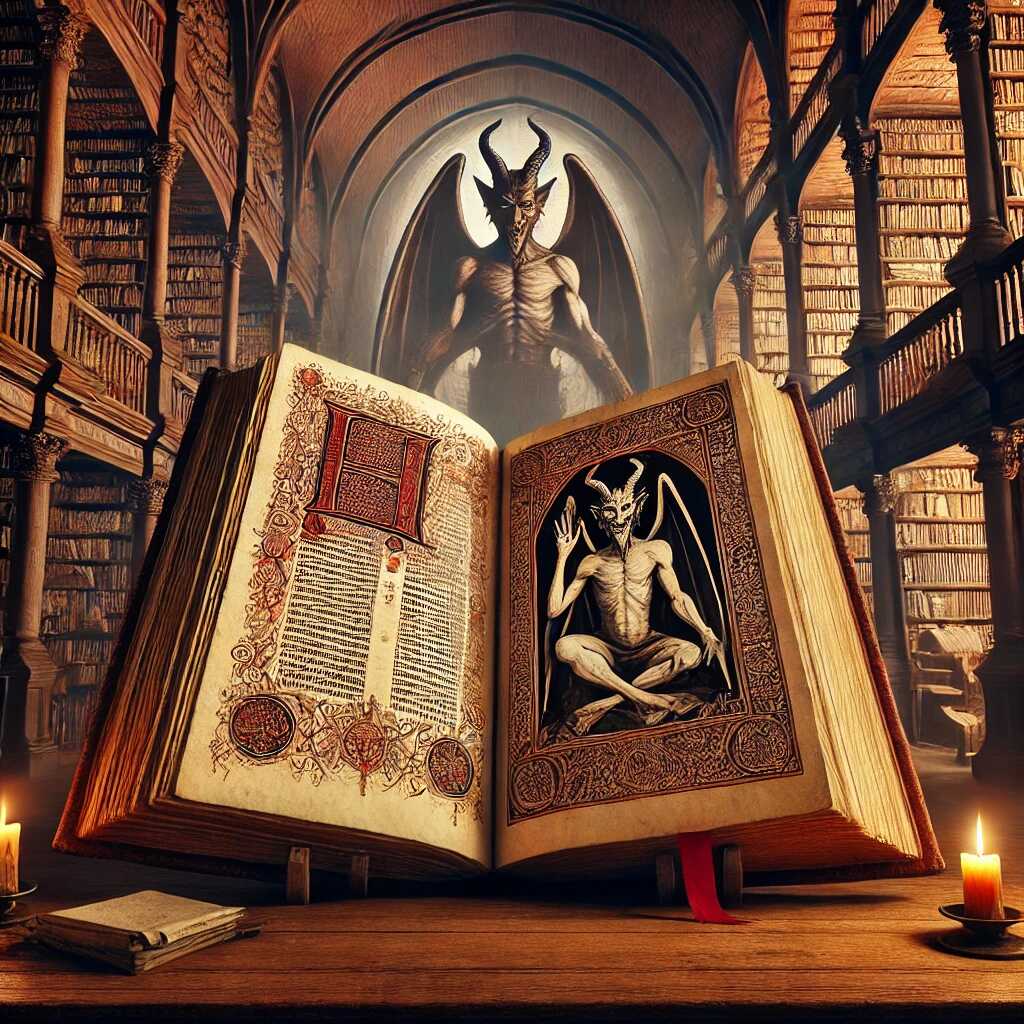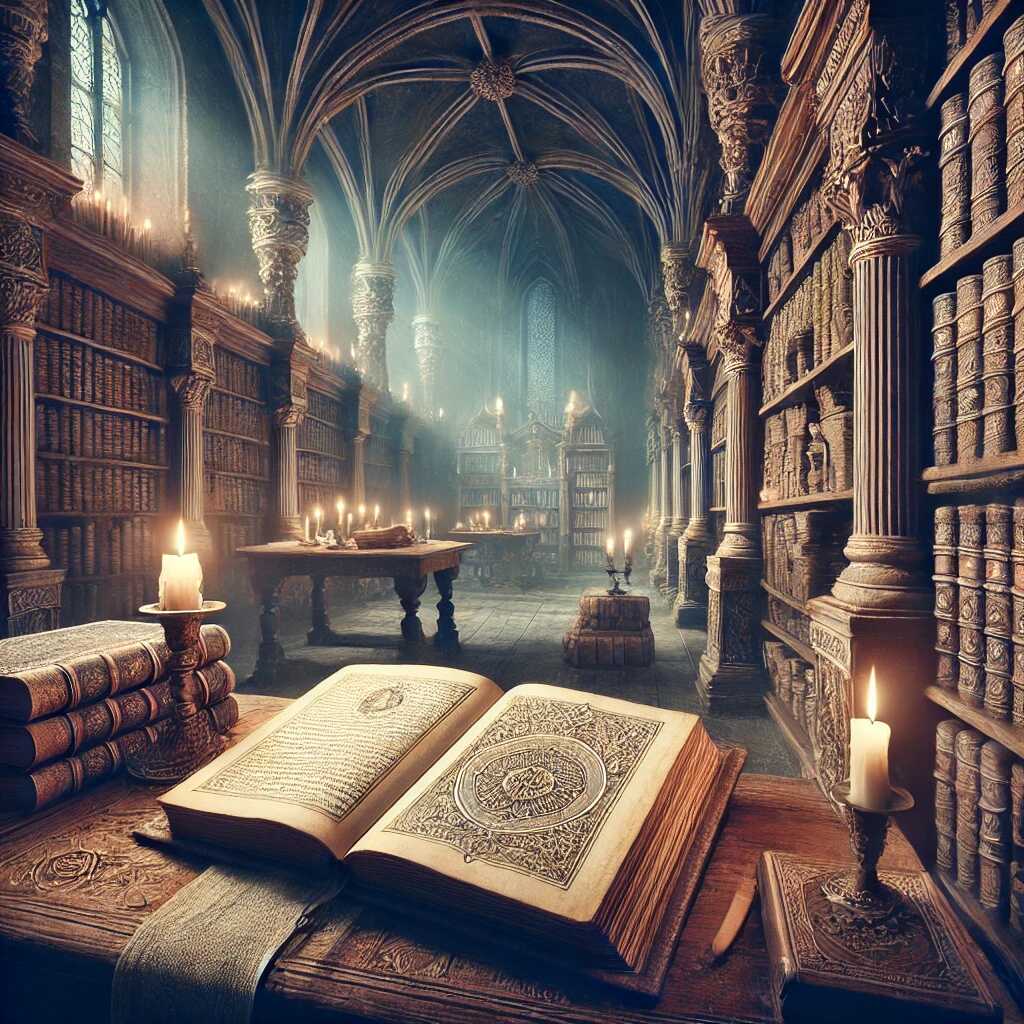
The Most Famous Medieval Manuscripts: Gateways to a Bygone Era

The medieval period, often referred to as the Middle Ages, was a time of intellectual growth and cultural preservation through manuscripts. These handwritten works, created with painstaking care by monks, scholars, and scribes, have survived as extraordinary windows into the art, philosophy, science, and religious beliefs of the era. Among these texts, several stand out for their artistic brilliance, historical importance, and cultural significance.
One of the most celebrated manuscripts is the Book of Kells, created around 800 CE in Ireland. This illuminated Gospel book contains the four Gospels of the New Testament and is renowned for its stunning Insular art. The intricate Celtic designs, interlaced with vibrant illustrations of Christ, angels, and symbolic animals, make it one of the most beautiful works of medieval art. Legend has it that the book was so divine in appearance that it could only have been created with the help of angels.
Another remarkable manuscript is the Codex Gigas, often called "The Devil's Bible," created in the early 13th century in Bohemia. It is the largest surviving medieval manuscript, weighing over 75 kilograms and containing a mix of the Bible, historical texts, and medical knowledge. The Codex is famous for its full-page depiction of the devil, an image that has fueled its association with dark legends. Folklore suggests it was created in a single night by a monk who made a pact with the devil to complete the massive work.
From England comes the Lindisfarne Gospels, produced around 715 CE in the Lindisfarne Monastery. This manuscript exemplifies a fusion of Celtic, Anglo-Saxon, and Christian artistic traditions, with its elaborate carpet pages and cross designs. Its legacy is further enriched by the addition of an Old English translation in the 10th century, making it one of the earliest bilingual texts of its kind.
The Italian masterpiece The Divine Comedy by Dante Alighieri is not just a literary triumph but also a celebrated medieval manuscript. Written in the early 14th century, this epic poem journeys through Hell, Purgatory, and Heaven, offering profound insights into medieval perceptions of the afterlife. Manuscript versions of the poem often included detailed illustrations, bringing Dante's vivid visions to life and blending the written word with exquisite visual storytelling.
The Ellesmere Chaucer, a richly illustrated manuscript of Geoffrey Chaucer's Canterbury Tales, provides an intimate glimpse into medieval society. Created around 1400 CE in England, it includes detailed portraits of the pilgrims described in the tales. These images not only enhance the stories but also offer valuable insights into the clothing, professions, and social classes of the time.

One of the most enigmatic medieval manuscripts is the Voynich Manuscript, a 15th-century text of unknown origin. Written in an undeciphered script and filled with illustrations of bizarre plants, astronomical diagrams, and mysterious figures, it has baffled scholars for centuries. The manuscript's purpose remains unknown, with theories ranging from an elaborate hoax to a complex code containing lost scientific or mystical knowledge.
The transition from handwritten manuscripts to printed books is exemplified by the Gutenberg Bible, created around 1455 CE in Mainz, Germany. Although technically post-medieval, this Bible revolutionized the dissemination of knowledge and marks the dawn of the printed era. Early copies often featured hand-painted decorations, bridging the gap between traditional manuscript artistry and modern printing technology.
Finally, the Mappa Mundi, created around 1300 CE, offers a unique glimpse into medieval geography and theology. This map, housed in Hereford Cathedral in England, places Jerusalem at its center and combines biblical, mythological, and factual locations in its depiction of the world. It reflects the medieval mindset, blending religious belief with geographical knowledge.
These manuscripts serve multiple purposes, from religious devotion and artistic expression to the preservation of knowledge and the exploration of mysteries. The illuminated texts, such as the Book of Kells and Lindisfarne Gospels, were designed to inspire awe and reinforce faith. Works like the Codex Gigas and Gutenberg Bible preserved critical scientific, historical, and theological texts, ensuring their survival through turbulent times. Meanwhile, the Voynich Manuscript represents the ongoing allure of the unknown, embodying the enigmatic nature of the Middle Ages.
Medieval manuscripts are far more than relics of the past. They are living testaments to the creativity, perseverance, and intellectual curiosity of their creators. Today, they continue to inspire, housed in museums and libraries around the world, their pages offering a bridge between the medieval and modern worlds.


